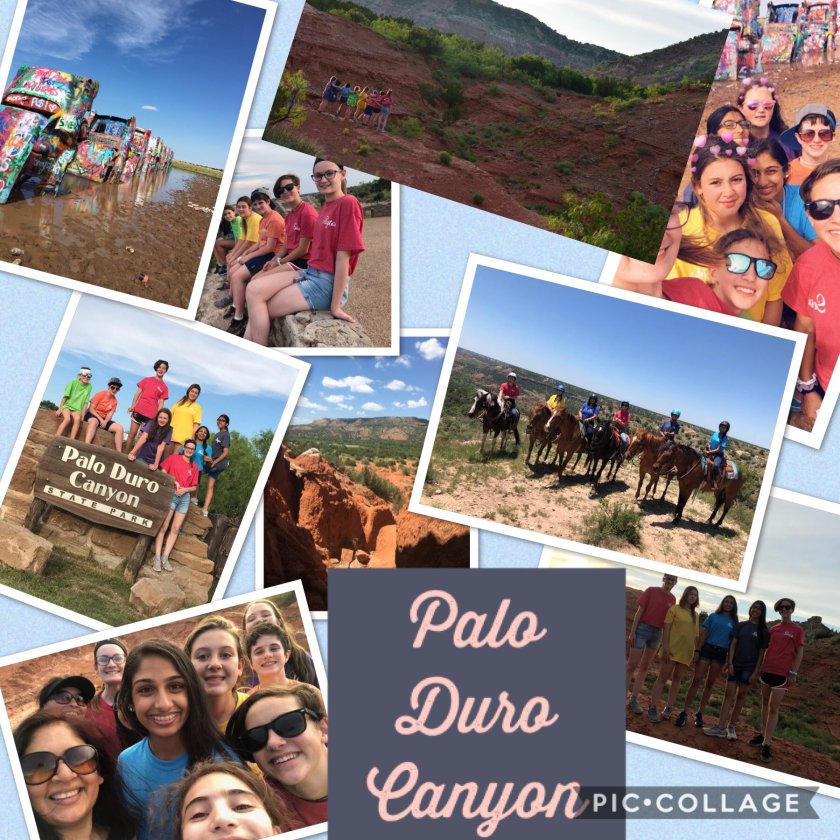Writing In with #WriteOut
WriteOut 2020-04-20
What happens if instead of going outside to write, we practice what it means to write in together? What if we were explorers of our own spaces and places, curators of our artifacts and archives, writers of our own experiences and histories?
As an act of solidarity and community safety, we are encouraging all writers and our families to spend some time writing inside this April during National Poetry Month. Here are some ideas!
What’s a Small Poem? It is a short poem, like a haiku or couplet or free verse, of just a few lines. Rhymes, optional. What a small poem looks like and sounds like is up to the poet. Give yourself freedom to write.
Some Small Poem ideas:
- Window Poem: Spend a few minutes looking out one of your windows — write a small poem of any format about what you notice
- Sidewalk Talk: Imagine your sidewalk could talk — what would it say, in the form of a small poem?
- Sounds like … Choose a spot in your house. Close your eyes and listen for a few minutes. Write a small poem about the sounds you hear. And remember, even silence has a sound!
- Ode to the Sun: An ode is a formal-sounding poem that indicates respect or love for something. In this case, the ode is about the Sun.
- And more.
Write an Acrostic Poem
Write an acrostic poem about a place that is important to you and add color and/or images. Here are examples from high school students in Coppell, Texas from October 2019.



Be Inspired by National Parks
Use National Park Service sites and photos to inspire poetry. Research a person, place, or story and write a poem that tells someone else about what you learned. Here you can find Creative Commons photos from National Parks. Also check out the art of words via the National Park Service Literature and Poetry site (also search for Poets).

Poet-tree Haiku
Look out a window and see if you can spot a tree. Spend about 10 minutes jotting downs notes of what you notice about that tree. Write a Haiku about this tree; here’s How to write a Haiku Poem from Wiki-How.
Reasons for the Seasons Poem
Why do seasons change? What happens when they do? Brainstorm some words related to the season changes such as Bloom, Buds, Flowers, Insects, Transition, Growth, . Now construct a seasonal change poem using the words you brainstormed.
Find a Poem in a Map
- Acrostic: Take a map of your favorite national park and make an acrostic poem with it.
- Ekphrastic: Grab a map of your favorite national park. Make a list of words and phrases sparked by looking at the map. Turn that list into a poem.
- Comfort Poem: Make a map of your home. Label the places where you find comfort. Turn those places into a poem.
- Sensory Poem: Make a map of the sights, sounds, smells, tastes, and textures of your home. Turn those into a poem.
Share!
#WriteNow #NWP #NationalPoetryMonth
Share on Twitter and/or the #WriteOut Facebook group
You can also download: These prompts are available as a downloadable PDF to print or share.
Image sourced from tweet shared during #WriteOut 2019.